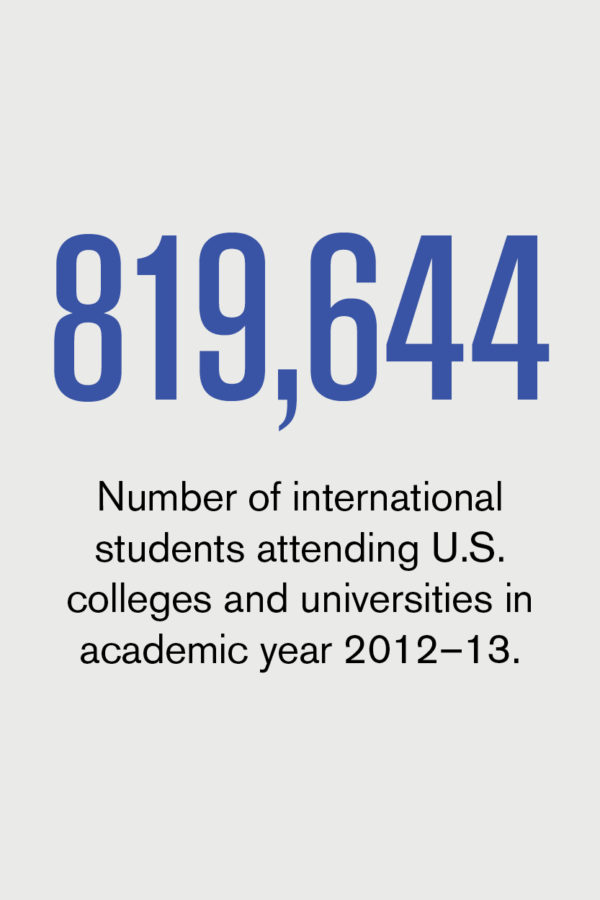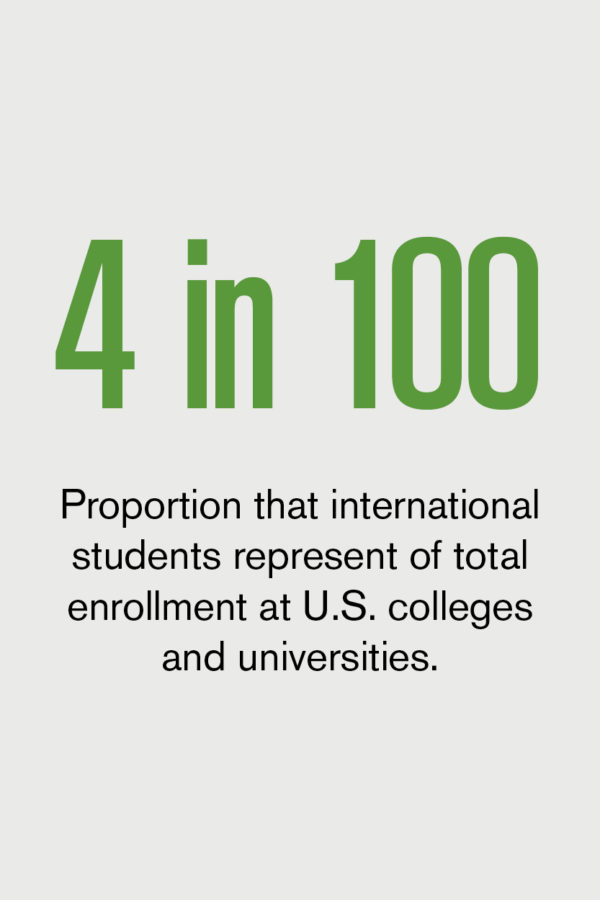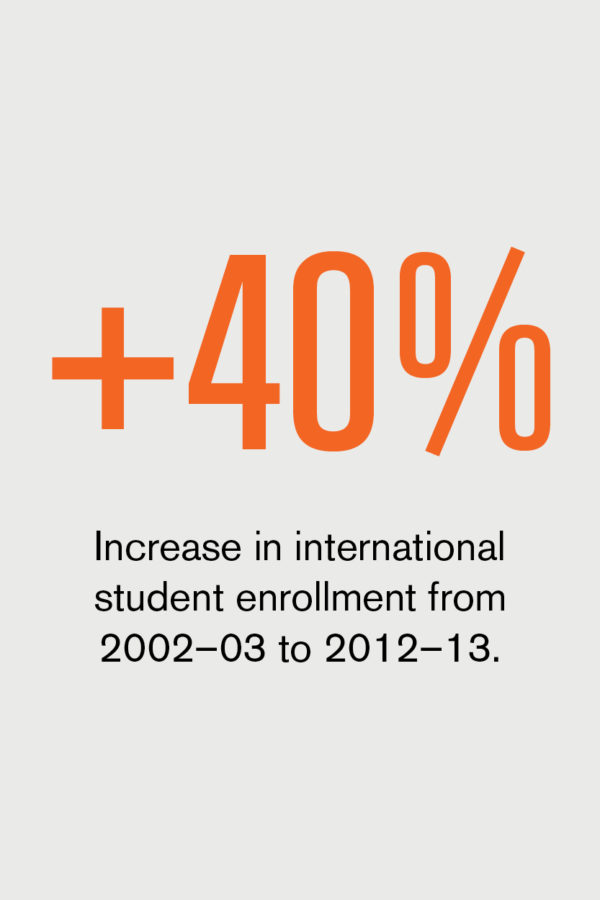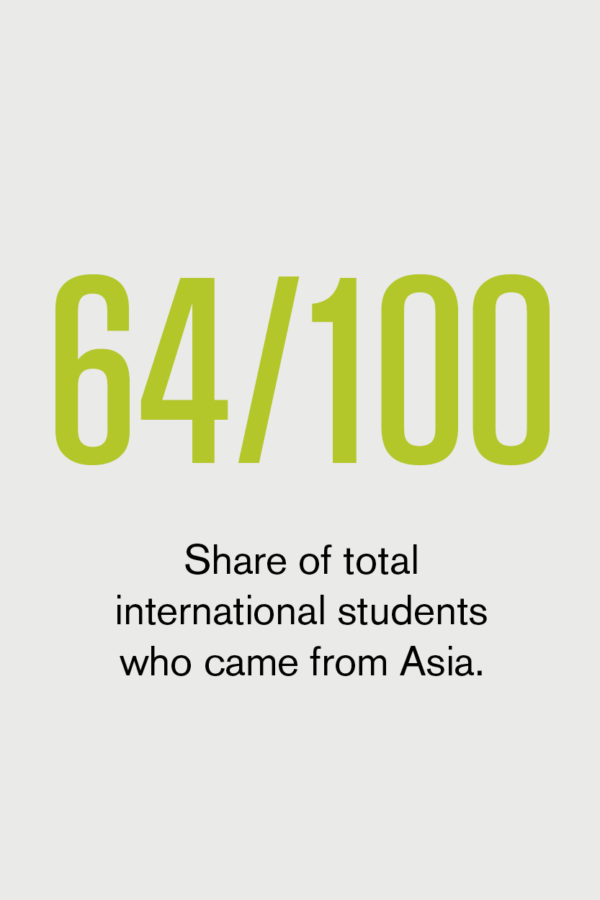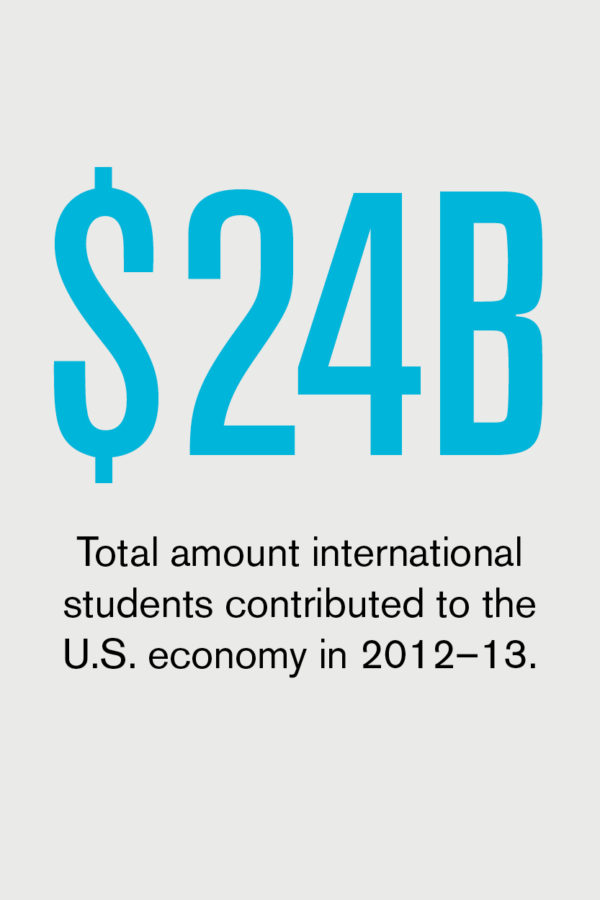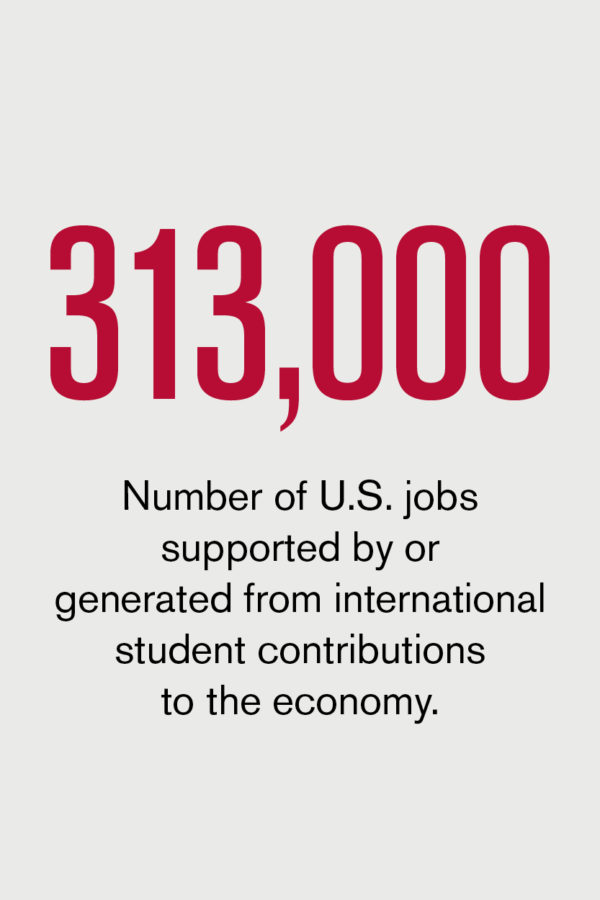Well-being is getting a new twist at the University of California, Los Angeles. While UCLA’s healthy campus initiative, headed by Associate Vice Provost Michael Goldstein, is not a formal program of the university’s human resources function, it does partner with HR and any campus entity with an interest in exploring and enhancing the health of the community writ large.
Live Well, the integrated, campuswide effort to promote healthy lifestyle choices among students, faculty, and staff, fosters synergies among existing groups and seeds ideas that make it easier and more fun to be healthy and fit, explains Goldstein. In one example, the initiative supports UCLA’s “pop-up” exercise breaks. These guided 10-minute drop-in sessions take place three times each day and include activities such as stretching, yoga, and meditation. Four working groups led by faculty experts provide a framework for the initiative’s projects and partnerships to promote campus activities related to healthy eating, improved pedestrian and bike transit, greater access to physical activity, and more options for social interaction.
“What we are doing is motivated by a belief that the university should play a much stronger role in wellness and prevention—not only through the contributions we make through research, but through what we can do to embody health as a campus community,” says Goldstein. While the initiative usually doesn’t pass judgment on what constitutes good health, one exception was its vocal opposition to tobacco use, notes Goldstein. “We pushed to become a smoke-free campus and did so in April 2012, ahead of all other UC campuses, which are mandated to become smoke-free by 2014.”
It Takes a Campus
UCLA’s healthy campus initiative is the outgrowth of an informal dinner conversation at the chancellor’s house in September 2011, followed by a philanthropic commitment, explains Goldstein. He was brought on board in January 2012 to give shape to the initiative. “I proposed a social approach to wellness, with aims to change the culture surrounding health.
“When you look at the life of the university over the past five decades,” says Goldstein, “you understand that tremendous change is not only possible, but that it often germinates and thrives in this environment.” Consider civil rights and gay rights, and movements promoting racial and ethnic diversity or sustainability, he adds. “How did any of those ideas gain traction to become values that are now largely accepted and embedded in society?”
In large part, social organization catalyzed over time to support those changes, rather than did the formal programs put in place to mandate change, argues Goldstein. “I believe that health and wellness can be treated similarly—as an underlying value that can find momentum as a social movement.”
That said, trying to instill health as a value across a campus—let alone throughout society—is easier said than done, Goldstein acknowledges. For starters, it requires understanding the unhealthy social factors that have contributed over time to our current health crisis of unprecedented rates of adult and child obesity and a host of chronic health conditions.
“The average weights for men and women didn’t escalate overnight, but over 50 years, coinciding with broader incremental societal changes, including the prevalence of calorie-laden fast food venues, increasingly inactive work roles, and more sedentary lifestyles for adults and children,” says Goldstein. “Now that we recognize the need to reverse those trends, it stands to reason that we can’t expect to do so in one year.”
Daunting Dynamics
Working to create a social movement around health and well-being requires a willingness to tackle related complex issues. In his role with the initiative, Goldstein has intervened on behalf of departments that have complained about unacceptable working conditions. He also gets involved in issues like university negotiations over a new pouring rights contract (exclusive soft drink agreement) for the campus, as well as fostering a campus commitment to increase the proportion of healthier snacks sold in vending machines.
For Goldstein, the greatest underlying challenge is trying to resolve the health disparities that exist on a typical campus and within our larger communities. For instance, low-salaried workers tend to engage in intense labor that can lead to injury or ongoing health problems. Many of these workers might be commuting a great distance and might be working two jobs. What can you do about the fact that they have little disposable time or income to exercise, eat well, or get a good night of sleep?
“One of the healthiest things you could do for those workers would be to increase their wages,” notes Goldstein. “While that’s beyond the scope of our initiative, and not likely on the agenda of most wellness programming, it underscores that when it comes to long-term health and well-being, the barriers can be far-reaching.”
SUBMITTED BY Karla Hignite, contributing editor for Business Officer, Ogden, Utah





